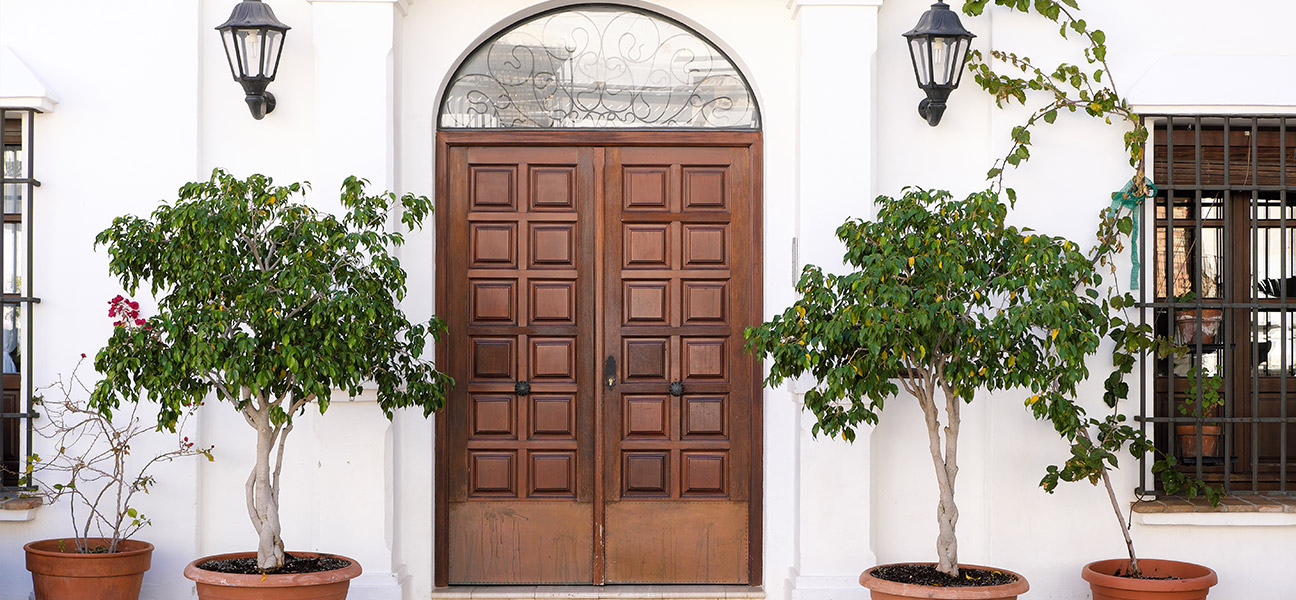Boutique hotels continue to report solid occupancies and healthy ADRs, and collectively achieved increases in all performance indicators through June, according to the Boutique Hotels: Mid-Year 2023 report from The Highland Group.
Lifestyle (LS) upper-upscale- luxury and independent (indie) luxury hotels were the only classes slightly below in ADR compared to the same period last year. The strongest RevPAR increases were in the LS upscale-upper midscale and soft brand (SB) upper-upscale class. At mid-year 2023, boutique hotel occupancy levels indexed ahead of all U.S. hotels, while ADR, RevPAR and revenues were behind compared to mid-year 2022.
“Each segment of boutique hotel product has a positive story to tell whether in occupancy, ADR or revenue increase compared to the previous year,” said Kim Bardoul, partner, The Highland Group. “Interest in the development of the boutique hotel product is justified by continued solid performance.”
Highlights from the report are:
- Demand up 8% and room revenues up 9% year-to-date
- LS hotels average largest increases in performance
- 5 percentage point premium for SB hotels in RevPAR recovery compared to U.S. hotels
- Luxury boutique hotels stabilize in rate growth
- 29% annual supply increase projected for branded boutiques through 2027
Operating performance
Boutique hotel supply was approaching 135,000 rooms at mid-year 2023. Supply fluctuations include a decline in SB upscale-upper midscale hotels largely due to an upgrade in the Tapestry Collection brand to upper-upscale. Some slower-than-average performance growth for this segment currently results from the removal of this brand. In addition to class changes, other factors that impact supply include conversions and deflagged hotels. Through June, the overall boutique hotel supply was slightly ahead of 2022 at an increase of 1% and at parity with same-class U.S. hotel supply growth. LS upscale–upper-midscale hotels led at 2.4%, which compares to all U.S. upscale hotel at 1% and all upper-midscale hotels at 0.8%.
STR reports boutique hotel room revenue increased at a strong pace, up 9% through June, however behind the same class of U.S. hotels at 11%. Revenue increases vary widely by class groupings and are led again by LS upscale–upper midscale hotels at 16%. This is compared to U.S. hotel revenue increases for upscale andupper midscale hotels of 13 and 9%, respectively.
Demand for boutique hotels increased at 8% through June 2023 compared to the same period in 2022. This is stronger than same-class U.S. hotels which reported growth of 6%. Demand rose within a range of 0.2% to 12.4% year-to-date through June and was led by LS upper-upscale-luxury hotels. This compares to all U.S. upper-upscale hotels and all luxury hotels at 10% to 7%, respectively.
Through June, boutique hotel occupancies increased 4 points year-to-date, reflecting a change of 7% and higher than same-class U.S. hotels at 5%. LS upscale-upper midscale and SB upper-upscale hotels achieved 69% occupancy during this period.
Collectively, boutique hotels reported a modest increase in ADR through June. Changes vary widely per segment with the largest increase led by LS upscale-upper midscale hotels at 7%. Luxury-class boutique segments either declined or barely increased during this period. By comparison, U.S. luxury class hotels increased ADR by only 0.4% year-to-date through June. Although ADR growth seems to have stabilized year to date for luxury boutiques, ADR achieved during this period for SB and indie luxury hotels was higher than all U.S. luxury hotels at $338.
RevPAR increased for all boutique classes at a total of 7% compared to last year. Once again, LS upscale-upper midscale hotels led with an increase of 13% compared to June 2022. This increase is compared to U.S. upscale and upper midscale. which reported respective RevPAR gains of 12 and 8% during this period.
To purchase the entire report, click HERE.
